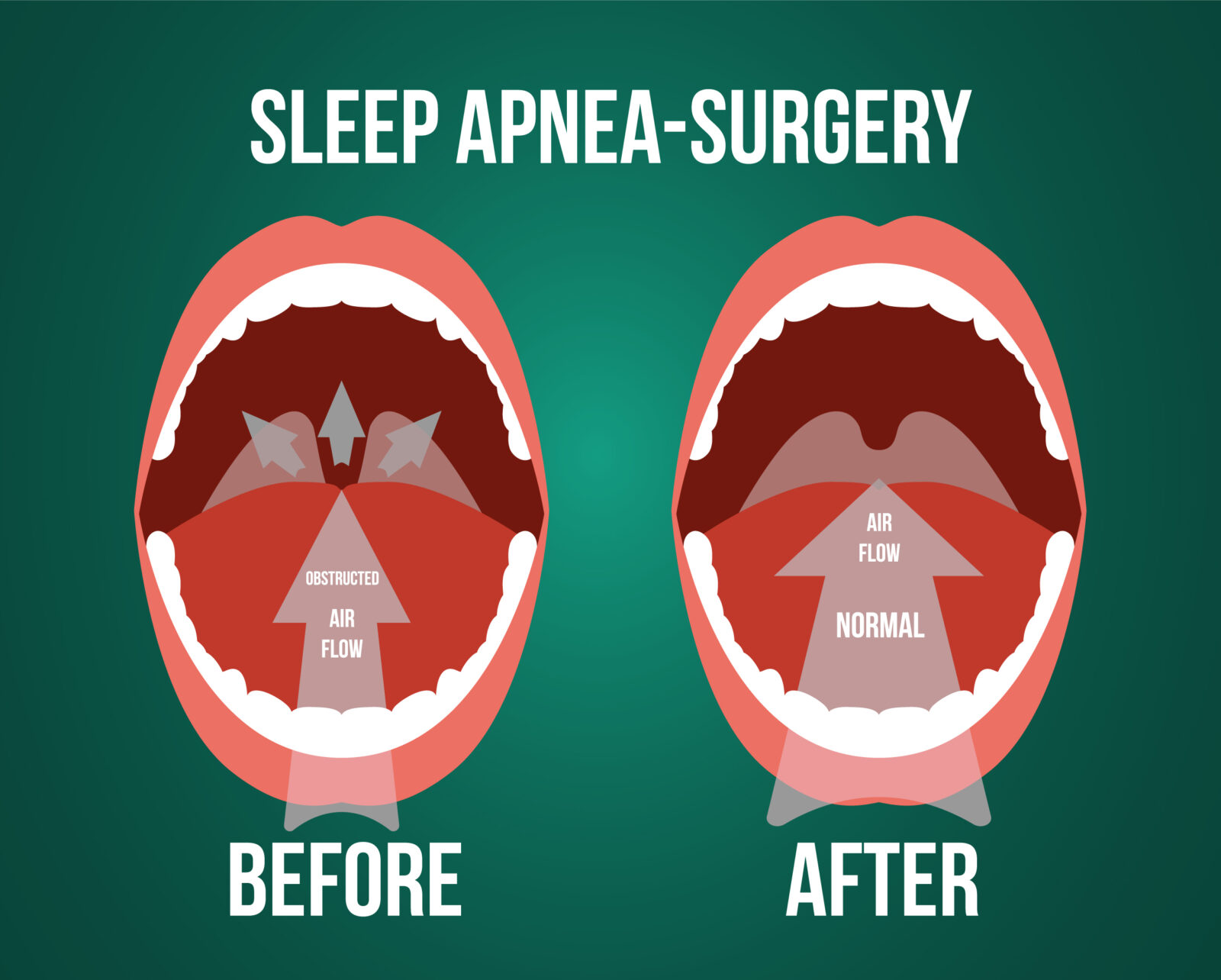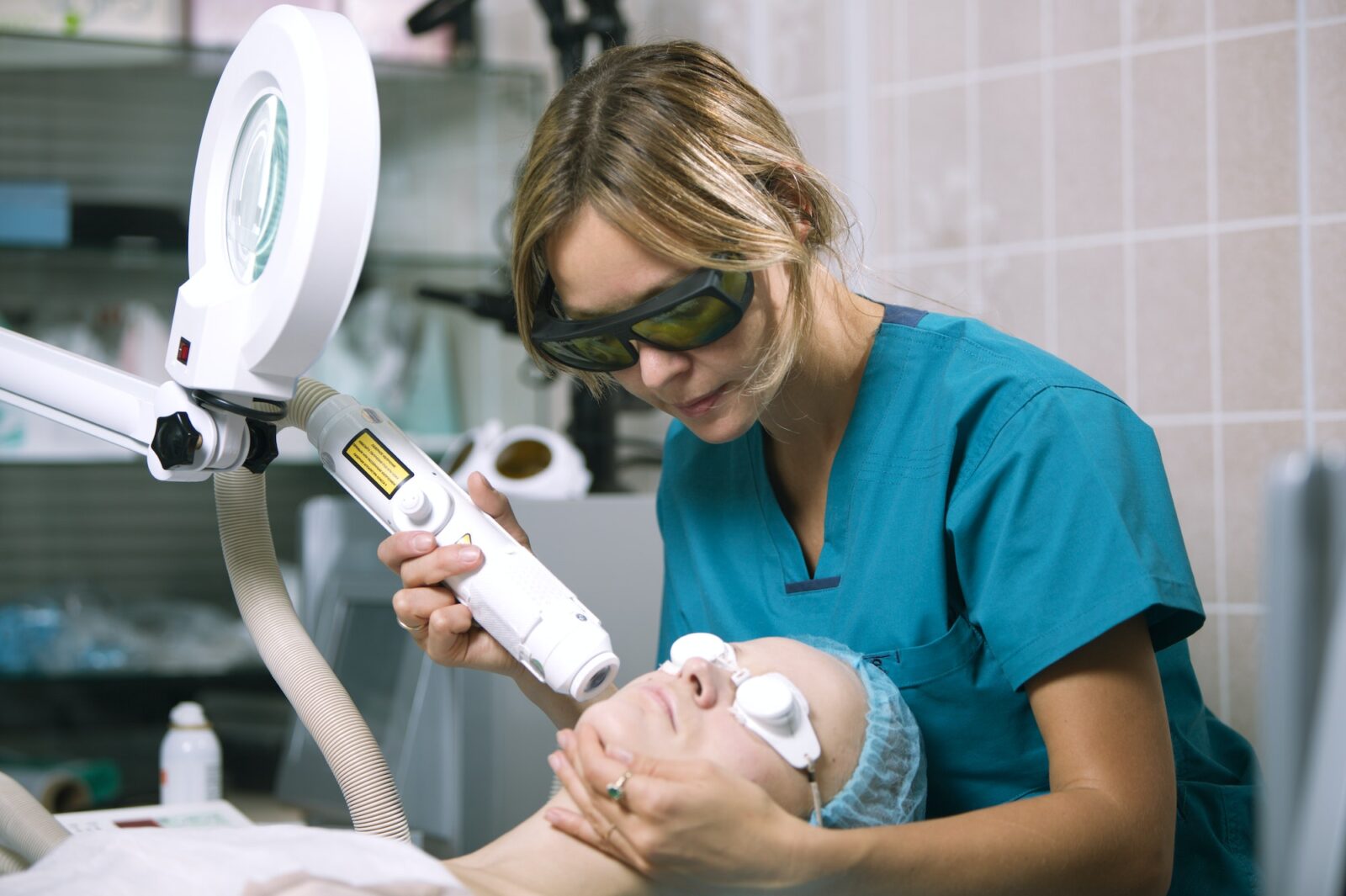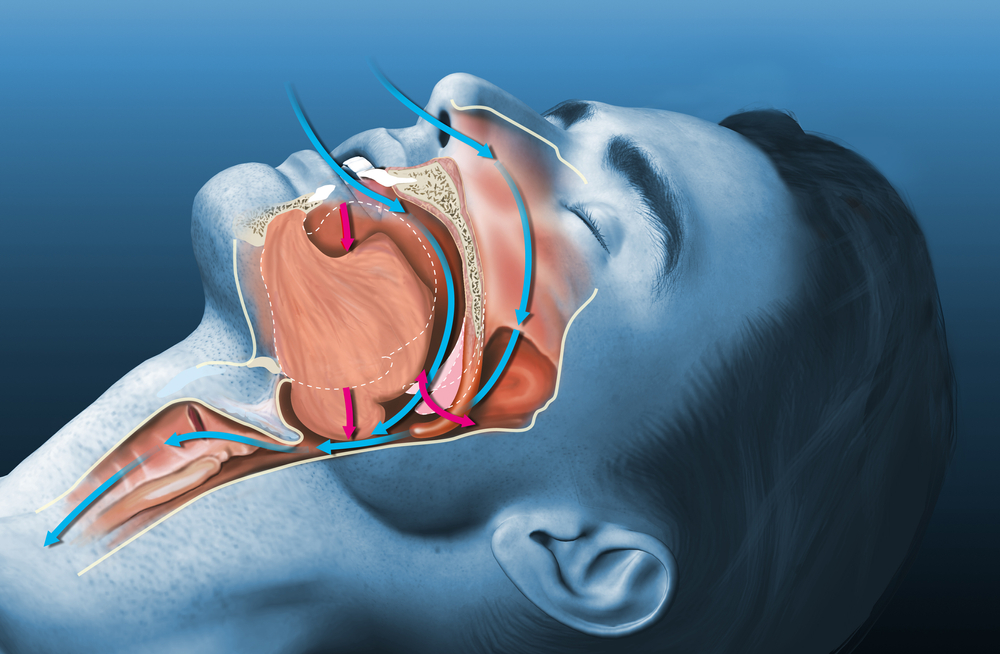Use of Somnoplasty for Snore Treatment.
Snoring is an embarrassing and often isolating problem. It can lead to issues with partners, friends, roommates, or co-workers. The issue is also serious and can raise the risk of heart disease, sleep apnea, and other problems if not treated. This article will teach you about Somnoplasty for snoring as a treatment option. We will discuss what somnoplasty for snoring is, how it works, and its effectiveness as an anti-snoring device. Read on to discover why so many people are excited about this new treatment option and how you can learn more about getting one in your area.
What is Somnoplasty for Snoring?
Somnoplasty is an FDA-approved treatment for snoring. It uses radio-frequency energy to reduce the palate, uvula, and tongue soft tissue. These tissues vibrate and rattle the airway during sleep. The vibrations cause snoring. The excess tissue in the back of the throat also leads to snoring. Somnoplasty uses a thin probe to deliver a controlled amount of energy to the tissues. The heat from the energy kills the tissue without damaging the nearby structures like the tongue or teeth. The dead tissue folds up and falls out of the way. It leaves behind a smaller, flatter, and smoother palate. A smaller airway makes it easier to breathe. This leads to less snoring during sleep.

How does Somnoplasty for Snoring work?
Somnoplasty for snoring works by reducing the amount of tissue in the throat. Humans don’t have an organ like whales to filter out water when breathing. The water is what creates groaning noises when we snore. The doctor will place a small device on the roof of your mouth, and then they will pour a special solution into your throat. The solution with help the tissues disappear, and then it will be gone. The device the doctor will use will be placed on your tongue, palate, and uvula, the tissues that create the groaning sound when you snore. The device will then send energy through the tissues making them disappear. Once the tissues are gone, they will never grow back.
How effective is Somnoplasty for snoring?
Somnoplasty is a very effective treatment for snoring. Studies report a reduction in snoring of up to 90%. This is comparable to other anti-snoring treatments like sleep apnea appliances. Treatment effectiveness depends on the severity of the snoring. Somnoplasty for snoring works best for mild to moderate cases of snoring. As with other treatments, it is not recommended for people with more serious forms like sleep apnea.

Who is a good candidate for Somnoplasty?
People looking to eliminate or significantly reduce snoring may be a good candidates for Somnoplasty. The best candidates are those who are in good overall health. People who are overweight or have a health condition like diabetes might not be as good of a candidate as those who are at a healthy weight with no illnesses.
Side Effects of Somnoplasty
Minor swelling and redness in the throat after treatment is the most common side effect of somnoplasty. These effects usually go away within a few days. Patients may need to use a blood thinner like aspirin if bleeding occurs. Other possible side effects include: – Hoarseness or a change in voice quality – Bleeding from the mouth or gums – Excessive salivation – Pain or swelling in the area above the palate – Infection of the tissues or bloodstream – Inability to swallow – Difficulty breathing or swallowing – Discomfort during eating or drinking – Dry mouth – Lingering irritation or pain at the incision site – Periodic feeling of choking – Difficulty sleeping without experiencing additional snoring – Short-term memory loss – Sore throat – Sore tongue or gums – Tenderness or sensitivity in the upper teeth – Changes in the voice.

The Pros of using a Somnoplastic device to treat snoring
- Easy and safe. The treatment is fast, safe, and non-invasive.
- The procedure is done in the doctor’s office and doesn’t require general anesthesia.
- No recovery time. Unlike other treatments for snoring, there is no need to take time off work or other commitments.
- No side effects. There are no side effects with this procedure.
- There is no risk of choking, as with other treatments such as the CPAP machine.
- Permanent results. Once the procedure is done, the results are permanent in most cases.
- There is no need to continue with the treatment or take medication.
- Few complications. There are very few complications associated with this procedure.
The Cons of using Somnoplastic device to treat snoring
- Long-term effects are unclear. There are no long-term studies on this procedure. There is no way of knowing how this procedure can affect the body in the long run.
- Worry about complications. Some complications might occur during this procedure.
- Cost. The cost of this procedure is around $3,000.
- The need for repeat treatments. This treatment must be re-administered every five years in many of the patients.
- Not covered by insurance. This procedure is not covered by medical insurance.
- This treatment may not eliminate all types of snoring.
- It has minimal impact on sleep apnea, which can be a more serious condition.

Final Words
Somnoplasty (radiofrequency tonsillectomy) is a non-surgical procedure that can help reduce the amount of snoring you experience each night. This procedure involves using radiofrequency energy to heat up the soft tissue in your throat that causes you to snore. This can reduce the size of the tonsils and other tissues in your throat and make it easier to breathe while you sleep. The effectiveness of somnoplasty will vary from person to person. To learn more, speak with your doctor. They can help you figure out if this procedure is right for you.
Learn about alternatives to Somnoplasty





